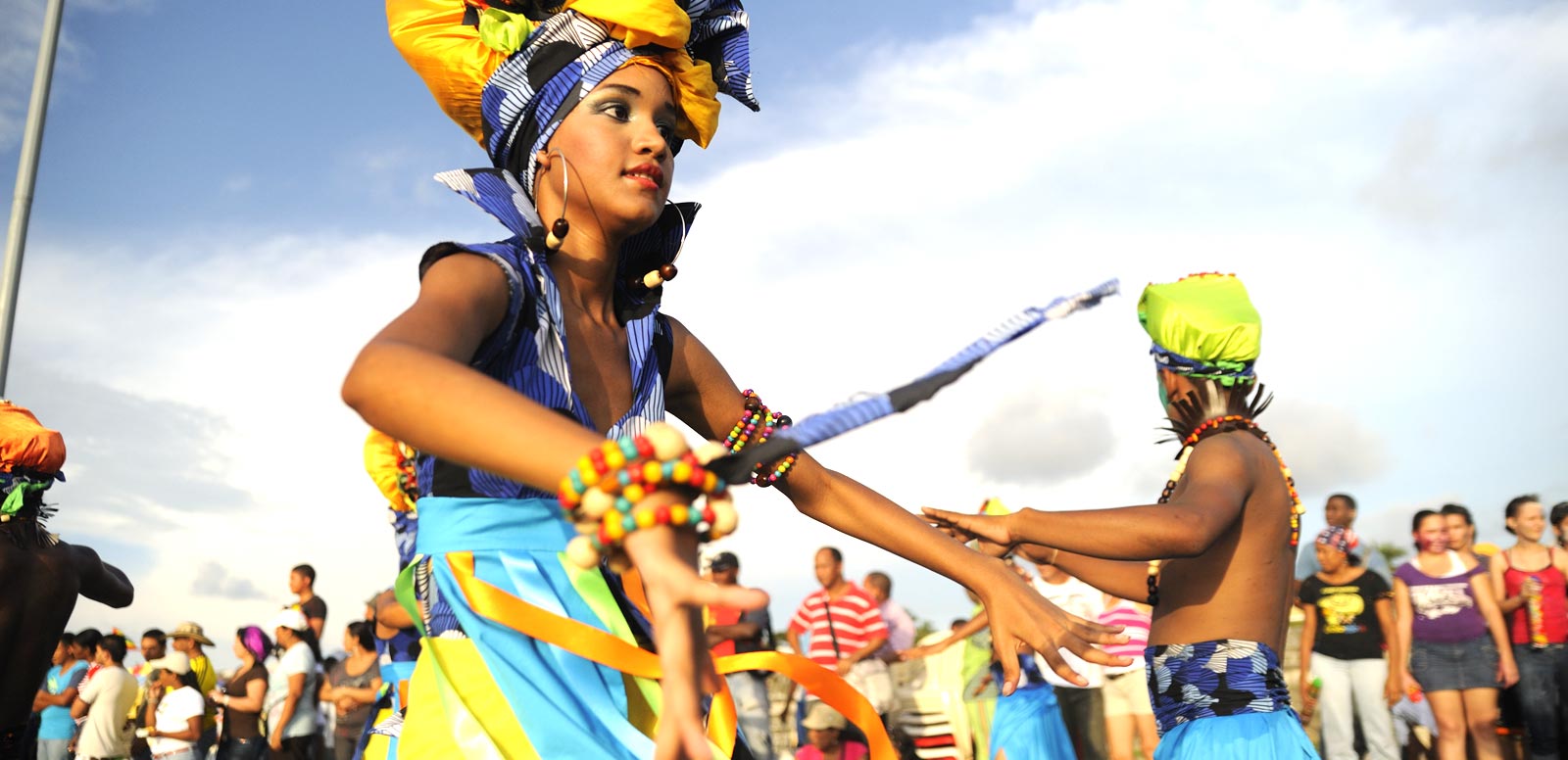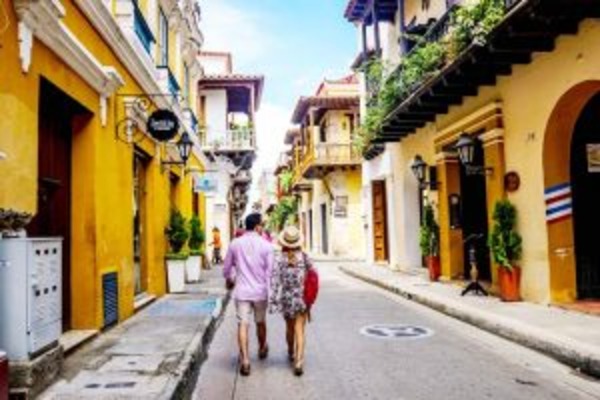Columbia is diverse in terms of landscapes, climates, and cultures, Colombia remains one of South America's least explored tourist destinations due to its recent history Colombia is emerging as a must see destination that allows you to blend outdoor adventures with tours of picture-perfect cobblestoned towns dating back to the colonial era. from sun-kissed coastal spots to the hilly coffee-growing region, where thriving plantations quickly give way to a landscape of snow-covered volcanic peaks and the paramo--alpine ecosystems sheltering some of the rarest plants growing above the continuous forest line.
Things to know before visit Colombia
Placed near the equator, the weather in Colombia remains the same throughout the year though the altitude does make a difference in the temperatures. For instance, the lowlands have extremely hot weather while the Andean peaks are freezing. Generally, there are two seasons in the country- dry season that starts in December and ends in March and the rainy season that is from April to November.
A preserved old city, Cartagena is a treasure trove of all that is old and charming. From cobbled streets and squares to whitewashed villas and colorful colonial buildings, Cartagena takes you back in time. It is also a popular beach destination with Isla de Baru, the favorite amongst tourists for its white sand beaches palm fringed backdrop. Another popular beach destination is Islas del Rosario, for its magnificent coral reefs.
The vibrant capital city of Colombia, Bagota is the energy hub of the country. Bustling with life, it has eclectic and authentic restaurants, a great night life and urban comforts. On the other hand, it has a rustic charm to it seen through well preserved colonial buildings, museums, century old churches and the city’s cultural epicenter, the historic downtown of La Candelaria.
The second largest city of Colombia, it is termed as the “City of Eternal Spring” due to its moderate weather and gorgeous flowers that keep the city at its colorful best throughout the year. Visit the city during the flower festival that is held for 12 days in August every year.
This slice of Colombia is for those who love the sun, the sand and the surf. Located in the Carribean coast, the region has long stretches of golden sandy beaches with coconut palms, the rainforest and the Sierra Nevada de Santa Marta, the world’s highest mountain range as its backdrop. It is renowned for coral reefs though snorkeling is permissible only in a select few places.
A colonial town lying in the north east of Colombia, San Gil, was founded in 1689. This picturesque town offers many touristy tings like rafting, kayaking, mountain biking for the adventure enthusiasts as well as cultural activities like trip to the Cathedral of Santa Cruz, walk along the the Parque El Gallineral, a park along the river and a covered market area to sample local cuisine.
Colombian coffee is world famous and Zona Cafetera is where most of it is grown. Whilst here, you must visit the El Parque del Café, a park with a botanical garden and coffee plants. Also, go to the Catedral de Manizales to get some magnificent view of the region’s main cities. You could also indulge in taking a dip in the thermal springs at Santa Rosa and San Vincente.
Travel Advisory: For the latest information and advice on safety and entry requirements please consult your travel agent well in advance of your departure and visit the following government website:
Department of Foreign affairs and trade www.dfat.gov.au
Smart Traveler website www.smartraveler.gov.au
Electricity: While traveling to Colombia it is advisable to carry an international power plug adapter. The standard voltage is 110V/50Hz and Type A and Type B sockets are used here.




